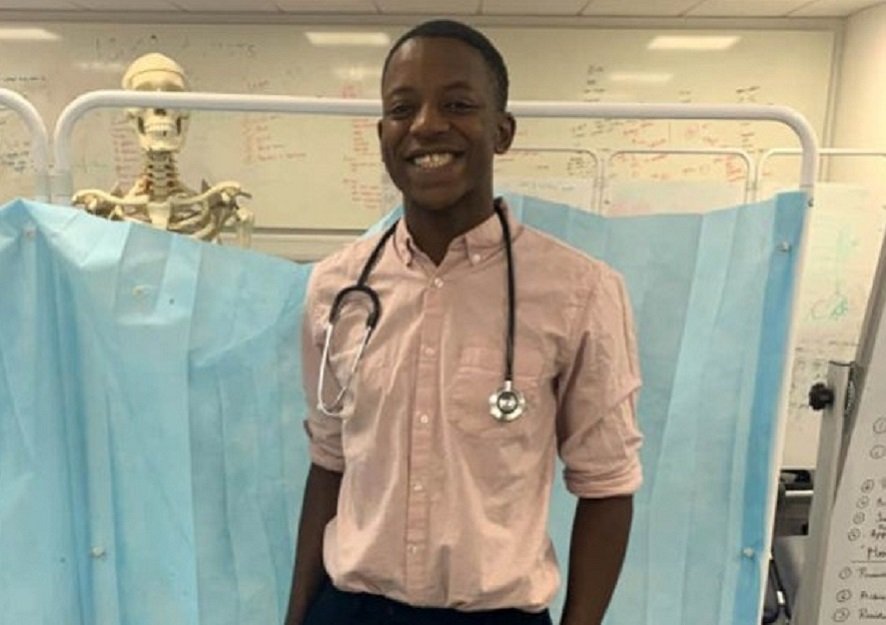Black medical student who was only taught how to recognize conditions on white patients has created a handbook showing how symptoms of diseases can manifest on darker skin. Malone Mukwende, a second-year student at St George’s, University of London, wrote Mind the Gap to help other medics spot symptoms of diseases on black and minority ethnic (BAME) people.
The booklet features side-by-side images of illnesses showing how they appear on light and dark skin. It also tells doctors the appropriate language to use with patients.
“On arrival at medical school, I noticed the lack of teaching in darker skin. We were often being taught to look for symptoms such as red rashes which I was aware would not appear as described in my own skin,” Mukwende told BME Medics.
“When flagging this to tutors it was clear that they didn’t know of any other way to describe these conditions on patients of darker skin tones and I knew that I had to make a change to that.”
He further said in a statement: “The booklet addresses many issues that have been further exacerbated during the COVID-19 pandemic, such as families being asked if potential COVID patients are ‘pale’ or if their lips ‘turned blue.’”
“These are not useful descriptors for a black patient and, as a result, their care is compromised from the first point of contact.
“It is essential we begin to educate others so they are aware of such differences and the power of the clinical language we currently use.”
Mukwende’s school has thrown its weight behind the project, and has partnered him with a team of lecturers, including Margot Turner, a lecturer in diversity and medical education, to help him publish the book.
“It was agreed that this was a very important issue and an essential part of decolonizing the curriculum,” a university spokesperson said.
Mukwende’s handbook is expected to be released soon and it comes after more than 186,000 people signed a petition urging British medical schools to make teaching representative of society.
Highlighting Kawasaki disease, a rare condition that usually affects children and harder to spot on darker skin, the petition states: “The duty to deliver the highest quality of care extends to all members of the public and if medical education does not actively prepare students for this, this is inconsistent with such values. It is important that BAME patients are acknowledged consistently throughout teaching and not just in highly specific case studies.”
“There are countless other examples, such as in haematology, cardiology and many other aspects of medical care which all need to see an improvement in representation in teaching. We must be taught presentation and normality in all patients,” it adds.
Mukwende is optimistic that his booklet will bring change in the health care industry.
“I hope the work makes healthcare professionals aware of some of the biases they may have and know what impact this has on patients,” he told BME Medics.
“It is important medical professionals are aware of variation in presenting symptoms when treating the diverse range of patients that they serve. I hope the work will help to increase the confidence of darker skinned patients to seek medical advice.”

